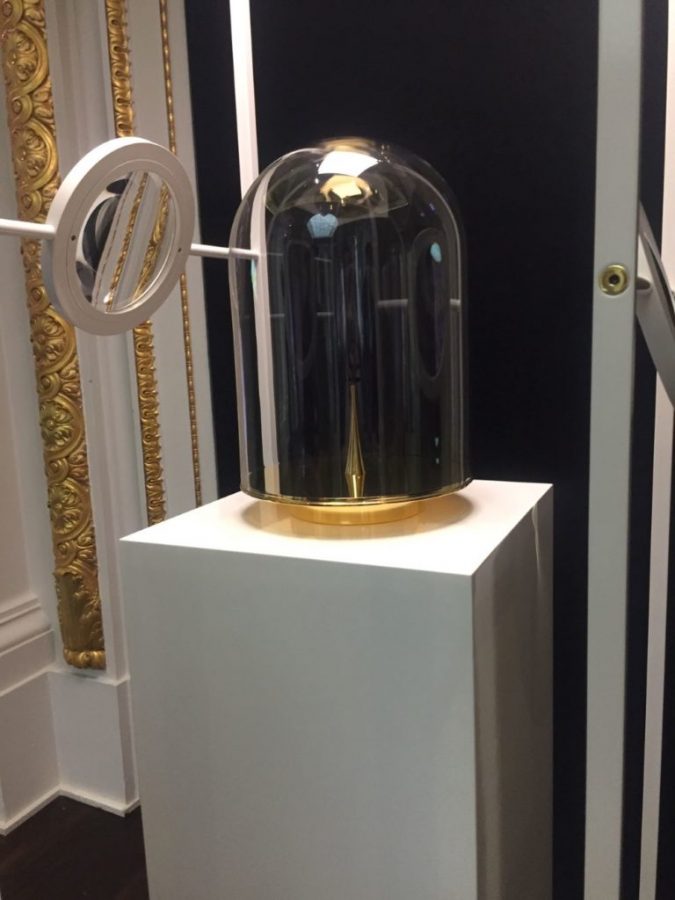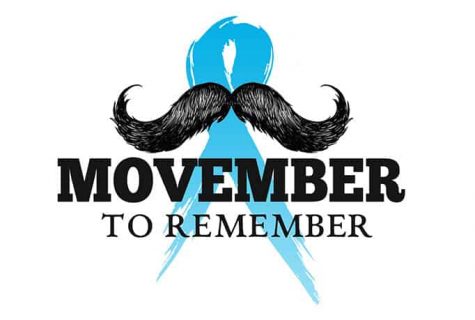Artist Elitism and MIT: The Blackest Black
A recent exhibition at the New York Stock Exchange featured the debut of a new scientific advancement from the Massachusetts Institute of Technology (MIT). A team of engineers led by Brian Wardle revealed the “blackest” material in the world. This material, which absorbs 99.99 percent of visible light, was created largely by accident during an experiment involving the growth of carbon nano tubes on aluminum panels. As of now, Wardle’s team is exploring scientific uses for the material, but there is another field hoping to explore this substance’s potential.
The reveal of this material was partially orchestrated by Boston-based artist Diemut Strebe, an artist-in-residence at the MIT center for Art, Science and Technology. To demonstrate the light absorbing qualities of this new material, Strebe coated a dazzling 16.78-carat yellow diamond (valued at around 2 million dollars) with a foil layer of the material. As a result, the dazzling diamond now appears as a flat, black void that the eye can barely believe. This piece, titled “The Redemption of Vanity”, has now caught the attention of the rest of the art world, for good reason. The contemporary art world has a history of fighting for the rights to new materials.
Prior to the invention of this new material, the blackest substance known to man was a material called Vantablack. Capable of absorbing 99.96 percent of incoming light, this material was highly sought after by artists hoping to incorporate it into boundary-stretching pieces. Unfortunately, only one artist had the chance to use the material. Shortly after the announcement of this material, famed artist Anish Kapoor purchased the exclusive rights to use the material; a move that immediately drew ire from artists around the world. Many viewed this move as a form of elitism that serves only to limit the world of art, rather than encouraging it to grow.
In response to this monopolization, artist and pigment designer Stuart Semple began a campaign of artistic innovation aimed at Kapoor. In 2016, Semple released PINK, a vibrant pink paint he personally designed and billed as the worlds “pinkest pink.” Artists hoping to purchase this paint were able to do so through Semple’s website, provided they signed a short legal disclaimer. Anyone hoping to purchase PINK must declare that they are “not Anish Kapoor” and that they have no intention of giving him this paint. Despite this disclaimer, Kapoor was able to get a bottle of PINK, a fact he flaunted in an Instagram post, which caused Semple to double down. Over the past few years, Semple has released fantastic materials such as his color changing Phaze paint and Dazzle, a unique compostable glitter aimed at eliminating ocean microplastics.
As of now, Wardle and his team have announced that their formula will not be an artist exclusive. Any artists will be able to use the worlds blackest black, provided they can afford the complex growing process the material requires. For those who cannot, there is still another option. Perhaps Semple’s greatest achievement is the creation of Black 3.0, a paint that has the same light absorbing qualities as Vantablack without the complicated application processes that allowed Kapoor to monopolize it in the first place. I highly recommend supporting Semple by purchasing pigments through his online shop, Culture Hustle. Despite creating some of the most interesting materials in the world, Semple has constantly kept prices at affordable levels.














